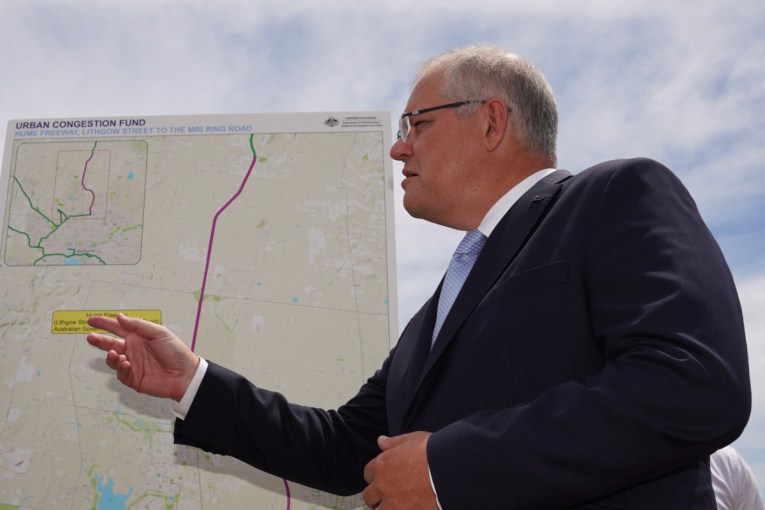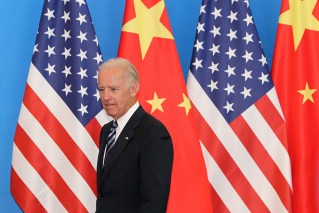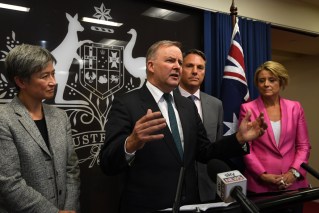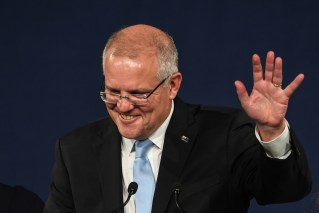A quick backgrounder on those minor parties
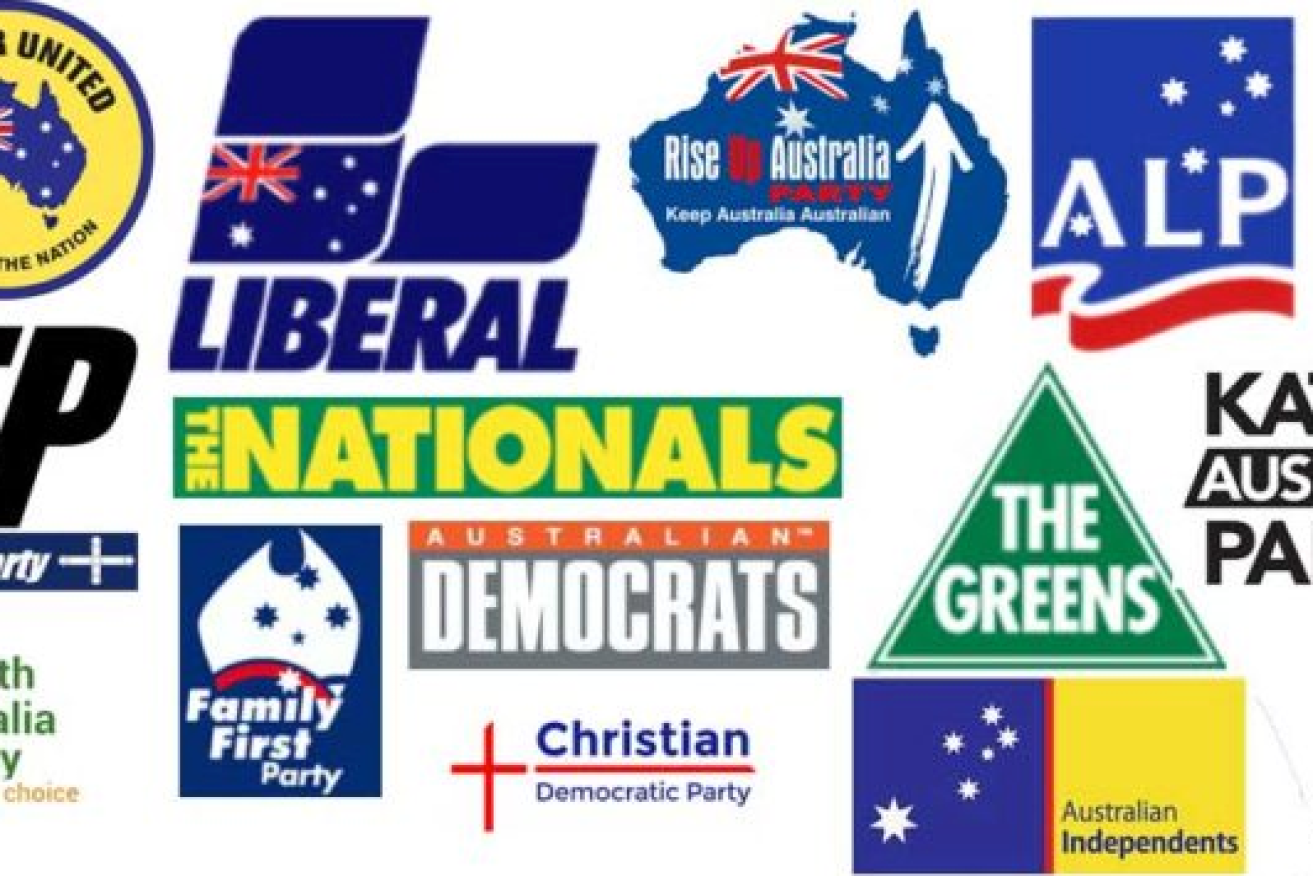
From the Greens to One Nation, the United Australia Party and the Justice Party, minor parties have become a fixture of modern Australian politics. Photo: IPA
Confused about minor parties? We get it.
That’s why The New Daily spoke to Dr Jill Sheppard, from the School for Politics and International Relations at the Australian National University to find out how they work and what they mean for this election.
Minor parties explained
TND: So we are a bit confused about all the other parties we hear about this election – aside from our two major ones. What are all these other minor parties?
Dr Sheppard: The popular understanding of a minor party is any party that cannot reasonably form a government. In Australia, where we have a strong two-party system, minor parties range from the Greens to Clive Palmer’s United Australia Party.
In that sense, the term is not very useful. The Greens are well established and consistently attract around 10 per cent of the national vote. Other minor parties come and go. But generally, what they have in common is that they will not, and do not really expect to, form government in their own right.

A rise in support for Clive Palmer’s United Australia Party could be a game changer.
TND:How are these parties formed?
Dr Sheppard: Minor parties tend to need an entrepreneur – someone who is willing to take on the massive time and effort to establish a party, recruit members and candidates, campaign, and devise and sell a set of policies. Most Australians have neither the time, money, nor the energy to do it. Clive Palmer and Pauline Hanson, alongside someone like Bob Brown, are remarkable for their commitment and personal sacrifice in starting political parties. We underestimate the dedication needed to start and maintain a political party in Australia.
TND: How many are there currently in Australian politics?
Dr Sheppard: If we are generous with regard to defining political parties, then there are more than 50 minor parties running at this election. They include the “Love Australia or Leave” party, the “Involuntary Medication Objectors (Vaccination/Fluoride) Party”, as well as the more established Australian Greens, Shooters, Fishers and Farmers Party, and Australian Democrats.
If we restrict our definition to minor parties already represented in the federal parliament, there are eight minor parties in Australia at the moment.

The Greens have three of nine crossbench seats in the Senate.
TND: If the Greens are a minor party, how would you classify a party like the Reason Party? We’ve heard them referred to as Micro parties?
Dr Sheppard: Some analysts, like my colleague Dr Glenn Kefford at Macquarie University, call parties like Reason or even the UAP as ‘peripheral parties’. They exist, they win some votes, but they don’t have any real effect on Australia’s political system. They come and go and the major parties don’t substantially change in response to them.
TND: If I vote for a minor party – say a really minor party, like Reason, does my vote count? Doesn’t it just go towards one of the major parties?
Dr Sheppard: The beauty of Australia’s preferential voting system is that we can use to vote to express a preference for a party or candidate other than the major parties, but your vote will not be wasted – after several rounds of counting, your vote will still end up (usually) with one of the major parties.
If we had a ‘first past the post’ system, any vote for a minor party or independent candidate would effectively be wasted. If nothing else, our system lets us send a signal to the major parties while not throwing our vote away.
TND: Can a minor party go on to become a bigger party?
Dr Sheppard: They certainly can, but the transition from very small minor party to an established force like The Greens is tough. Indeed, we can see this difficulty playing out with the Greens at the moment – they have a relaxed party structure that has allowed for recalcitrant candidates and disciplinary problems among party members.
The difference between being a minor party organisation and major party organisation is profound and difficult to navigate.
